Nowadays, there are many ways you can approach NFT game development. The industry is replete with guides, tips, and tricks on how to do that right. However, the most significant aspects here imply a focus on the business perspective as well as the value proposition for the end-user.
From this article, you’ll learn how to approach the development of your next NFT game and maximize the odds of its success. We’ll share the most functional tips on how to boost your business performance and create a game that captivates attention.
The Game-Ace studio has thirteen years of experience in game development, and we are here to share our expertise with a step-by-step guide on how to make your own NFT game. Moreover, we will tell you about helpful NFT game development services that can make this process fast and effortless.
What Are NFTs?
Non-fungible tokens (NFTs) have become a highly trending subject in 2021. Many people talk about it: some support it, and some don’t. However, the NFT technology is a multifunctional solution for modern artists, gamers, and investors. For example, a massive number of gamers are plunging headfirst into the promising world of play-to-earn NFT games. But how exactly do they work, what is their value, and how to create one?
Why Are NFT Games In Demand?
NFT gaming is one of the latest trends in the industry, implying that many studios desire to learn how to create NFT games. Let alone the opportunity of making a profit from transaction fees while providing players with the same value through a play-to-earn model. All these benefits influence the demand curve, significantly contributing to the price surge of NFTs. According to statistics, the start of 2022 was accompanied by soaring demand for NFTs, with the trading volume rising from almost $2.7bn in 2021 to barely $7bn in 2022. Therefore, players fond of the collecting philosophy, as well as the GameFi model, are expecting even more NFT games to be created.
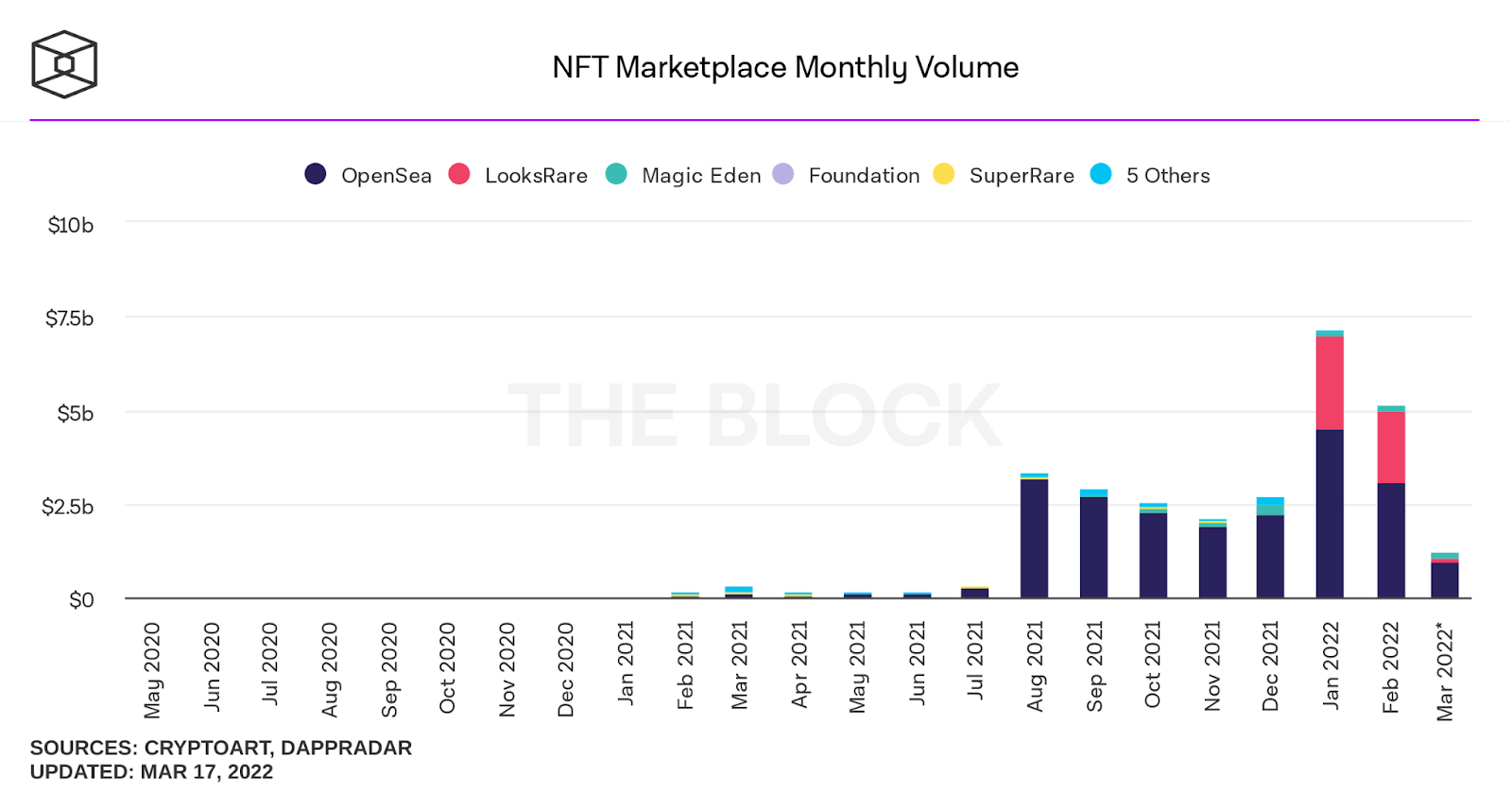
NFT Games: How They Work
As you may know, an NFT is a certificate (more precisely, confirmation of a purchase of a certificate) of ownership of any digital file — image, GIF, audio, video, asset, etc. So, where are the games in this NFT story? An NFT game is a game where players can buy and achieve limited and unique gaming assets created on the blockchain.
Not every player can earn certain NFT assets. For example, if a game developer has crafted only ten axes in gold, only ten players can get them — regardless of the overall number of players in a game. So if players buy or achieve some gaming asset, they are the exclusive owners of gaming NFTs that can be sold or traded.
What’s the value of NFT games?
We can describe the value of NFT games as “gaming as investing”. However, let’s look at this issue in more detail. The typical game process looks like this — you play a video game, buying and earning items (clothes, weapons, props) to use in a game. But if you quit playing, these items have no value for you in the real world.
In the case of NFT games — tokens of these items remain with you in the NFT wallet even if you finish the game. Acquired NFT assets can basically exist outside of the game, so you immutably own them. Thus, players can sell gaming NFTs on a marketplace or trade them for cryptocurrency.
As more users join a game, the demand for items and assets grows, so the cost of assets gets higher. Moreover, developers usually create a collection of NFT assets, consisting of some rare stuff that can be sold for more money. That is why 56% of surveyed gamers are interested in earning NFTs through gaming. Therefore, you can turn your hobby into a financial investment.
How to Create an NFT Game: A Step-by-Step Guide
Considering that NFT games can be highly beneficial for players, NFT game development is even more exciting and lucrative. However, NFT gaming that too few game development companies have looked into, unfortunately.
Luckily, we have thirteen years of experience in game development and have already worked on various blockchain-based projects. Thus, based on our thorough expertise in this field, we know the ins-and-outs of how to build an NFT game. So you can follow these four steps to building an exceptional NFT game.
Step 1: Pre-production
Regardless of specification, any project starts with preparation. It’s crucial not to skip this step in order to make the upcoming development process flawless and effective. So we have divided it into several main stages that will help you prepare for your project.
-
Bring professionals onto your team. Qualified specialists with years of experience in game development and expertise are crucial for such a project. Your in-house or outsourced team should consist of managers, middle & senior developers, QA engineers, and 2D/3D artists.
-
Gather data. One big step in preparation is when your team researches and analyzes competitors and the market before starting a project. It will help you define what to do better than competitors and which insights are suitable for your project.
-
Define the concept. It’s necessary to select the game genre and concept according to the analysis data you collected. It can be a shooter, puzzle, strategy, simulation, sports, etc. title. Furthermore, work on game concept art, defining the theme and style of a game, as well as the look of characters and assets.
-
Define the platform. NFT game development has no limitation in platform selection, as you can create a game for mobile, web, desktop, consoles, and AR/VR-based gadgets. In order to make the right choice, compare your capabilities (especially budget) for the development of a stunning NFT game, and the most popular platform that would fit them.
-
Choose the right tech stack. In other words, you should prepare the most effective infrastructure for your project. Define the most suitable software and tools for the front-end, back-end, smart contract (a program that runs on Ethereum blockchain), and testing.
-
Create a GDD. A game design document (GDD) is basically a collection of technical requirements and development strategies that will help and guide your team throughout the entire development process.
-
Prototyping. Create some kind of demo version of your game — a prototype that visualizes your game’s structure and its base functionality. Such outlines allow you to pretest your future game and make some necessary changes in the plan before developing a final product.
The preparation step may seem like a massive volume of work and time. However, our professional experience showed us that it could save plenty of time and budget for your company.
Step 2: Development
Once you are all set to get started with NFT game development, it is time for designers and developers to act. Follow each of the stages below with attention to detail, and you will get a striking product.
-
Modeling/Art design. Depending on the format of your game (2D/3D), you should follow different stages of content creation. If you work on a 2D game, start with an outline of game characters, assets, and environment. Then paint them, make necessary edits in sketches, and animate what will have to be moving.
In case you are working on a 3D NFT game, then artists need to model characters, assets, and environment with polygonal modeling technique, which includes blocking out a model (creating a basic form) and setting up the right topology. Furthermore, use texturing,rigging, skinning techniques, and animate your models when needed. -
Level design. Game level design is the logic/structure of a game. Choose and prescribe how players of your game will be moving in it. For example, your game can consist of dozens of quests, and each new quest will be harder than the previous one. In contrast, your game can be an open world with the ability to move freely in the virtual world and change certain things.
-
Setting up the wallet. A crypto wallet is required for NFT games, as gaming NFTs can be sold or traded for cryptocurrency. In addition, NFT gamers use them for registration, so it has to be implemented in a game in the development stage. There are various crypto wallets that can be used for different purposes, but one of the most popular wallets for NFT games is MetaMask.
-
Smart contract. This element is vital, as a Smart Contract is a blockchain-based program responsible for the NFT movement, the cyber-security of a game, and customization of transactions. The most important point is that the smart contract cannot be rewritten, so develop it carefully.
-
Coding. The back-end part is responsible for getting all the data, content, architecture of a game into one whole system. It’s essential to create a structure of a decentralized game and make an application get information about the necessary data, functions, and commands not only from the game code but also from the blockchain.
Please note: The process of NFT gaming platform development can be extended with additional steps depending on the type of a project, its core gameplay, and specific features implementation.
Entrust your NFT gaming project to experienced developers.
Step 3: Testing
NFT games are a novel concept not only for most ordinary people but also for game developers. That’s why it’s better to pay special attention to testing in order to ensure that a game is bug-free. There are three main stages of QA (quality assurance) that assure a thorough check. Thus, specialists can fix bugs before listing a game on a platform.
-
Unit testing. Developers (not QA engineers) conduct this testing type during game development. Once developers design some part (unit) of a game, they test them in order to detect and fix critical errors immediately. Thus, developers can keep working on other game elements without concerns that something does not work, while testers will get a working game version with fewer bugs.
-
Alpha testing. Once developers finish a game, testers take over with Alpha testing. Alpha testing is closed testing, which means quality checks by professional QA engineers before a game is launched on the market. This stage consists of several more functional and non-functional game test types like:
Functional game testing
Interoperability testing;
Regression testing;
Smoke testing;
Localization testing;
Security access control testing;
User acceptance testing.
Non-functional game testing
Performance testing;
Load & stress testing;
Stability testing;
Usability testing;
Compliance testing;
Configuration testing.
-
Beta testing. Unlike Alpha, Beta testing consists of only two testing types — closed Beta and open Beta. It’s conducted not with various software and automated tests like during the Alpha testing, but with real-world people.
Closed Beta testing is performed by a limited number of people who usually work in the game development industry. An open Beta tester can be a gamer or other non-professional person. In both cases, these people use a game, record the bugs they face, and deliver reports to QA engineers.
Step 4: Deploy and promote
Usually, popular and established games attract more attention than new products. That’s why you need to put a lot of work into your advertising campaign. For example, it could be nice to join some popular NFT communities and spread the word about your upcoming game even before the game launch.
You can also use various marketing techniques, like placing an ad to catch as many target audiences as you can. In addition, most new games offer better deals for new users in the first week or month of deploying a game. Thus, your target audience will be encouraged to follow your product from the very first day.
Is It Possible to Add NFTs to an Existing Game?
Turning a traditional game into one with NFTs is possible with the thorough work of highly experienced developers who can create a smart contract and insert it into code. The process can be compared to game porting, as the main principle in both processes is to edit game code and adapt game mechanics, content, etc., to the new game format.
However, it’s not all there is to it, as making an existing game an NFT one takes an enormous scope of work and resources. Even developers with broad experience face serious challenges on the way to turning a regular game into an NFT game. So have a look at three main ones to be completely aware of this process.
NFTs inserted in traditional games may imbalance games. Each of the game components must be adjusted to the new format so that these settings do not contradict each other.
By implementing NFTs, developers have to preserve the quality of many pillars that support games that users enjoy: game structure, mechanics, functionality, device compatibility, load capacity, optimal performance, and much more.
The final game size must remain optimal for the platform on which a game is run. And it is challenging to do so while maintaining the excellent quality of each component of a game.
In other words, you can turn a traditional game into an NFT game with a vast amount of resources. But it is vital to make such a decision carefully, as well as to hire a reliable team of professionals, including not only developers but also testers and art designers.
Boost Your NFT Game Development with Game-Ace Services
Any single article can’t cover and describe the entire process of NFT game creation, as it is complex and versatile. That is why this path is always better to overcome with the support of a reliable game development team, who will cover all the challenging tasks and make your product shine.
So once you decide to become a part of the NFT gaming market, the Game-Ace team will be ready to assist you with NFT game development from scratch to post-launch support. Partnering with us, you can choose any appropriate business model, like outsourcing the entire project (or some parts of it) to us, or we can dedicate our specialists according to your needs for the budget and timeframe suitable to your company.
Let’s discuss your idea and find the best way to take your NFT game to the top.
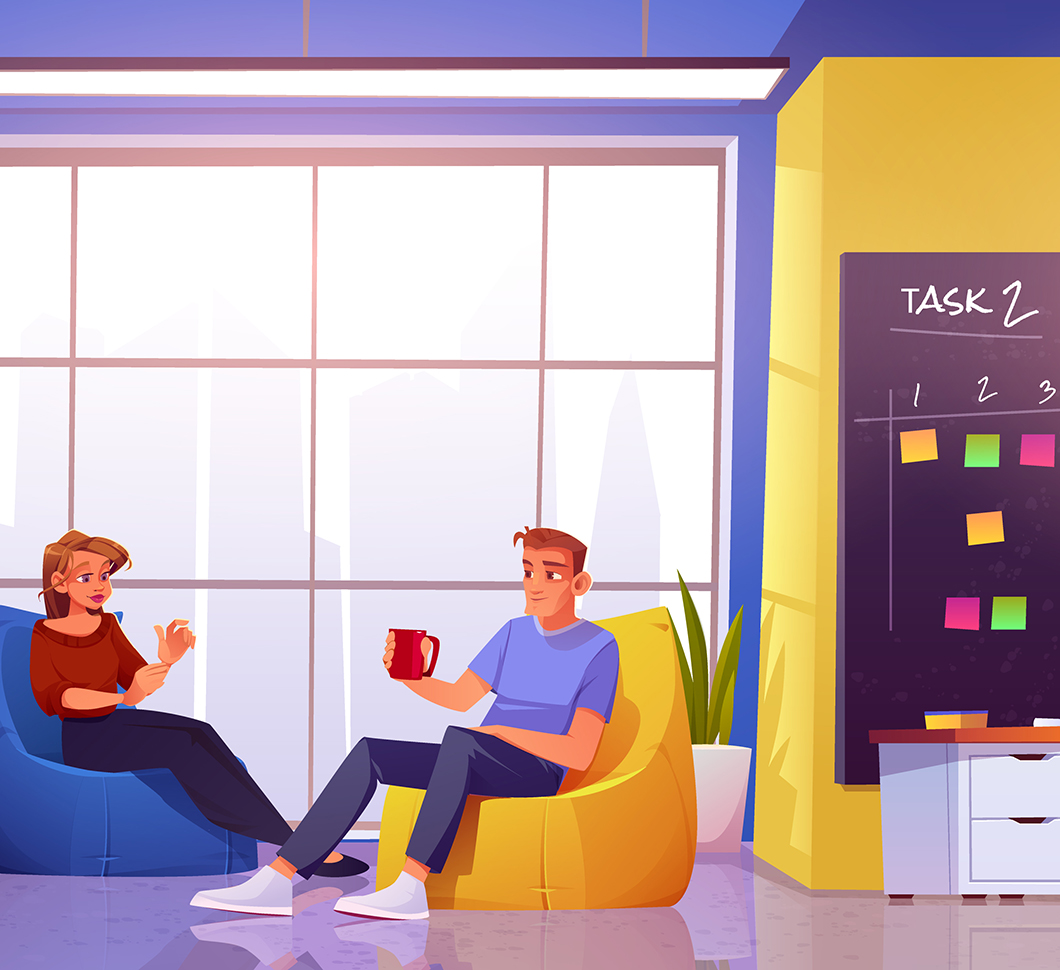 Key Trends Shaping Gamification in Recruitment for 2026 and Beyond
Key Trends Shaping Gamification in Recruitment for 2026 and Beyond 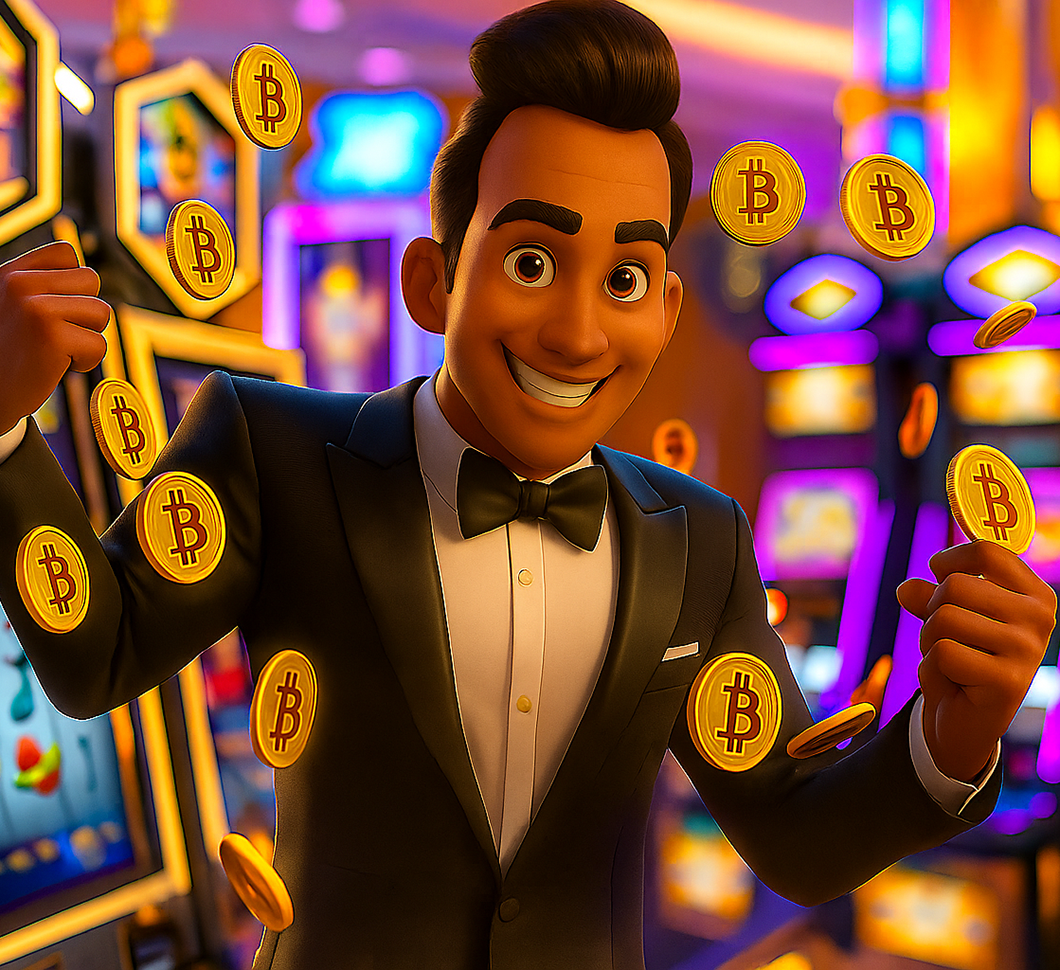 How to Create Crypto Casino Games the Right Way
How to Create Crypto Casino Games the Right Way 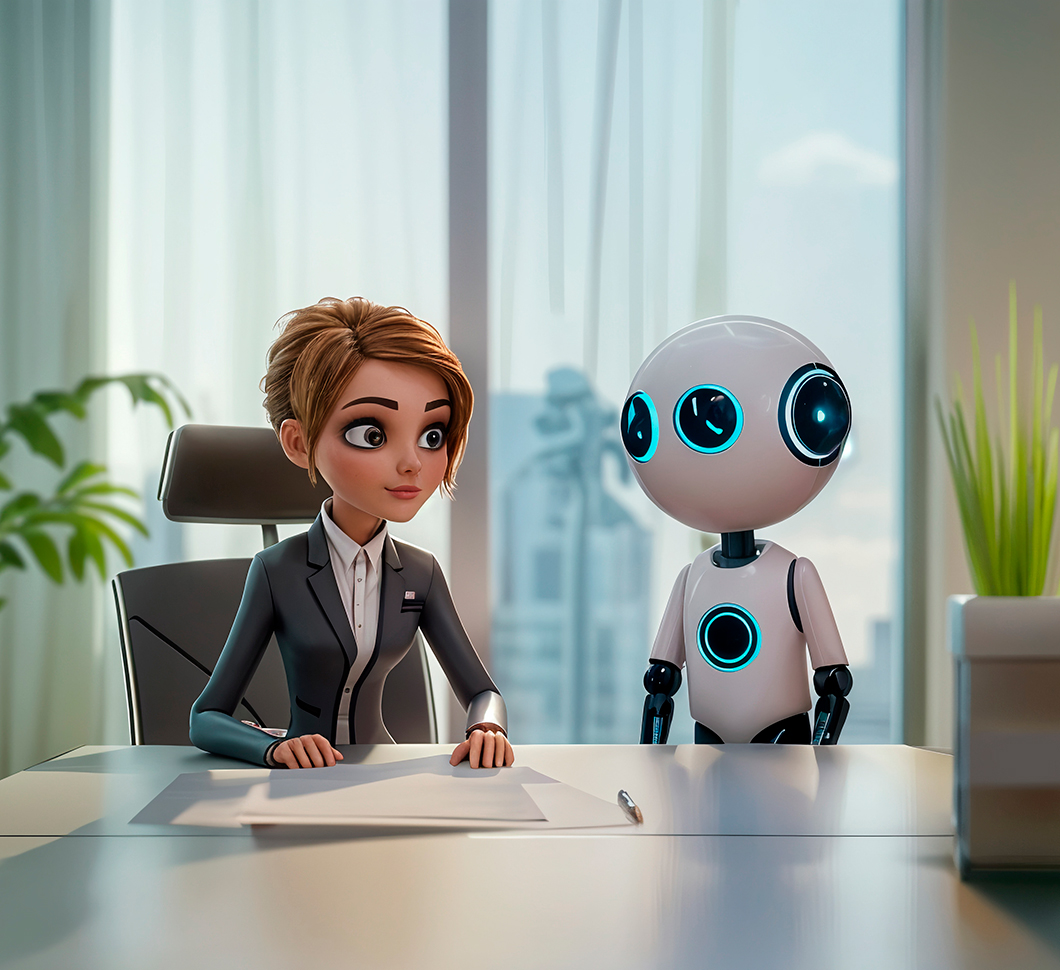 AI Recruitment Games: From Real-Time Assessments to Better Hiring Outcomes
AI Recruitment Games: From Real-Time Assessments to Better Hiring Outcomes 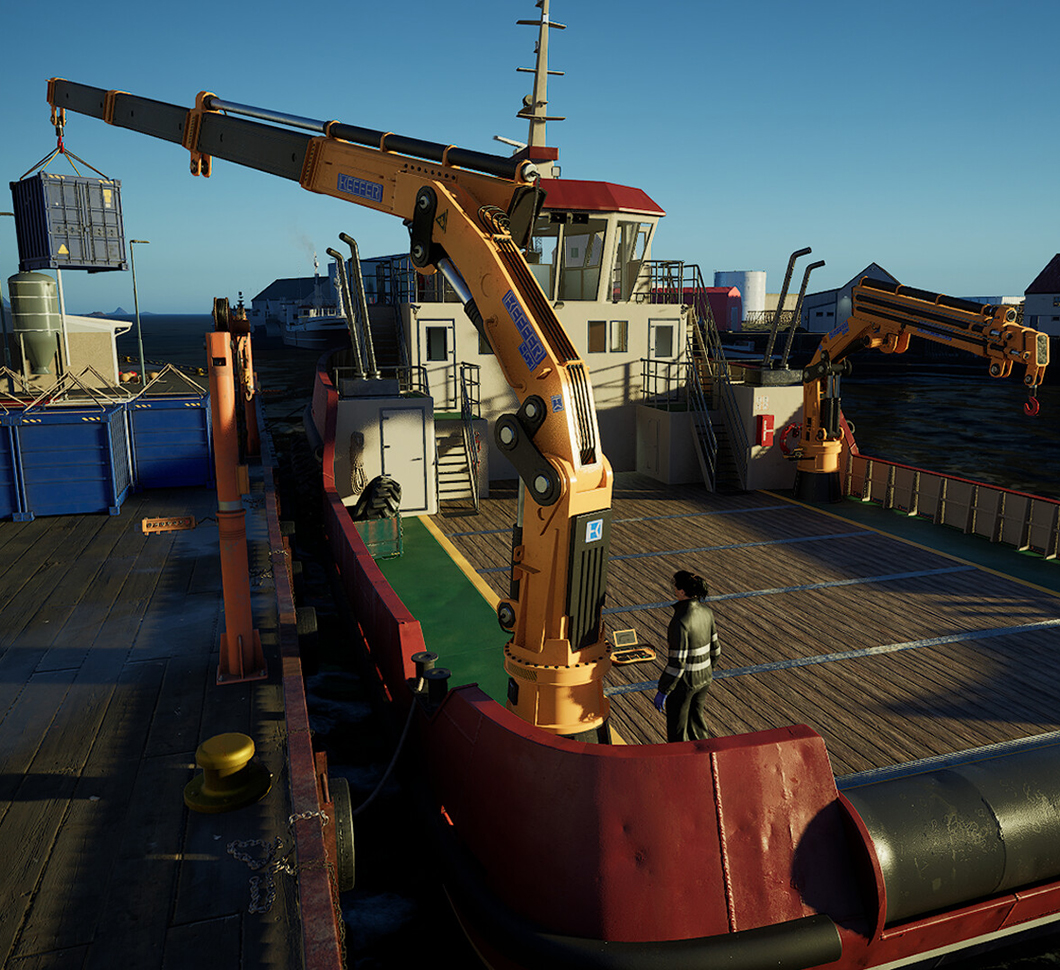 Games for Business: Proven Strategies for Engagement and Growth
Games for Business: Proven Strategies for Engagement and Growth  How to Design Learning Games for Kids That Teach Real-World Skills
How to Design Learning Games for Kids That Teach Real-World Skills 


































